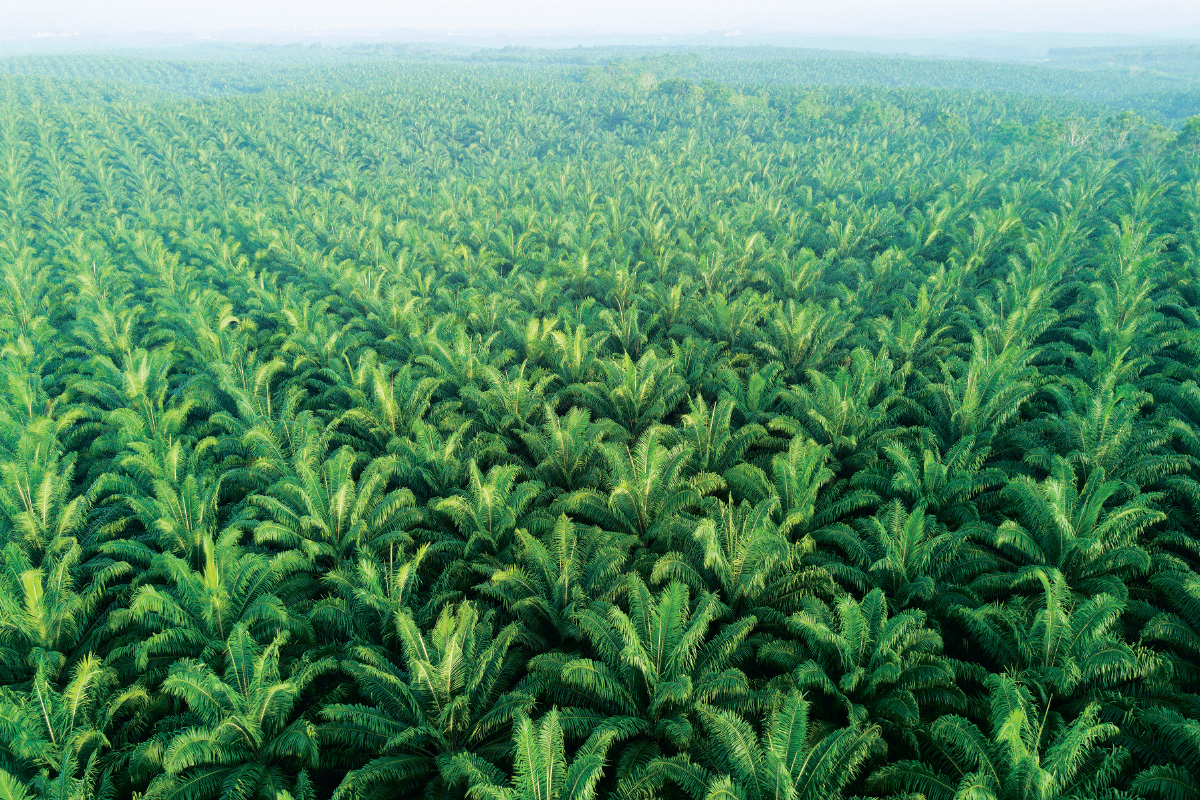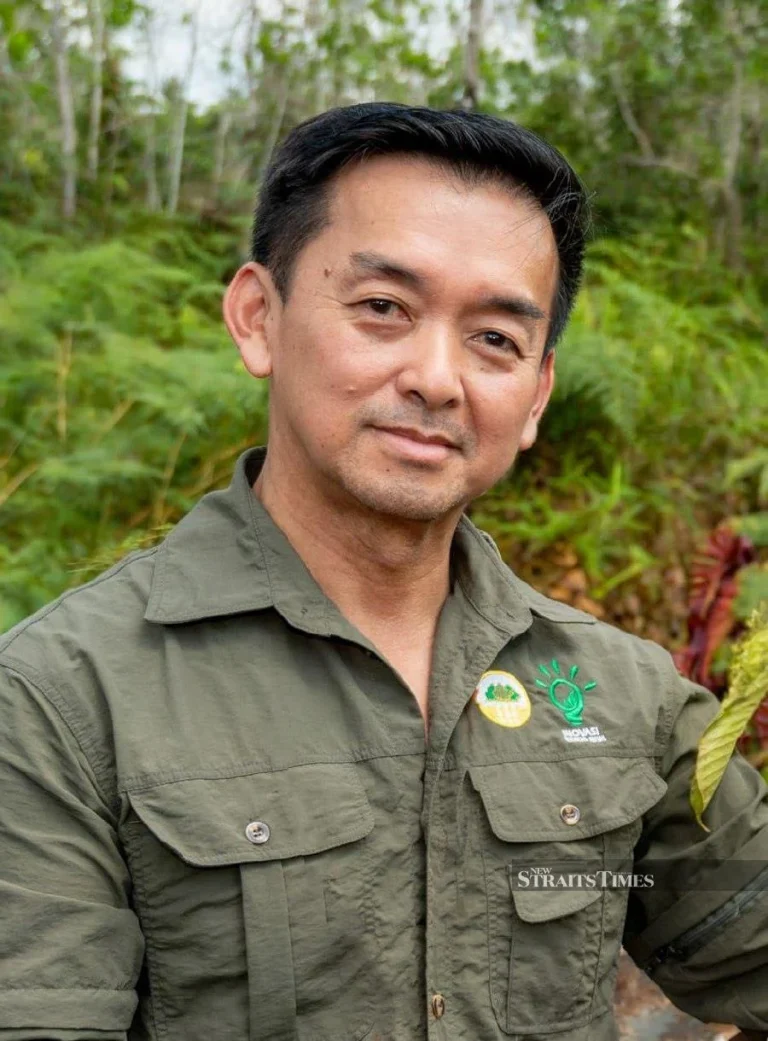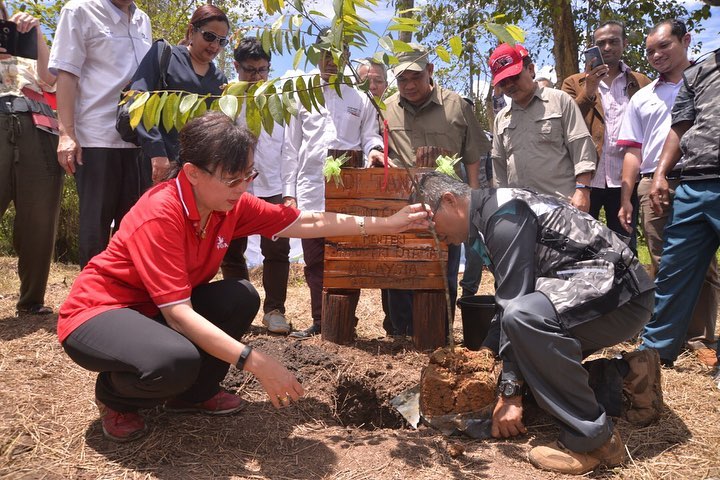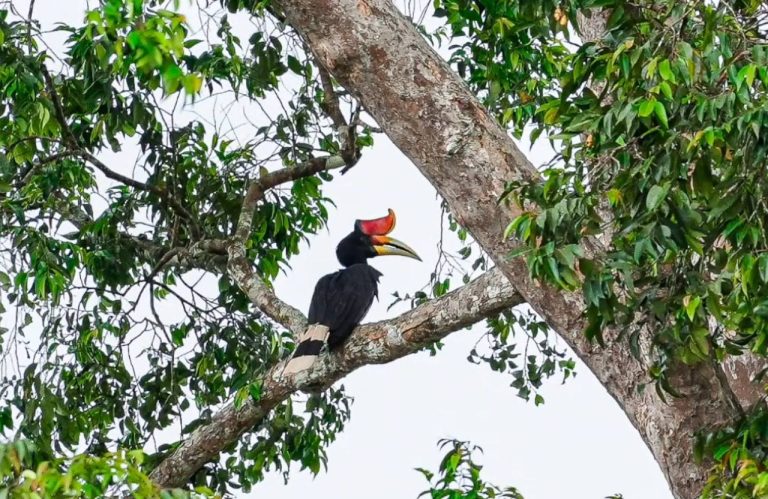By Branded / theedgemalaysia.com
There is a growing focus on environmental, social and governance (ESG) practices in the palm oil industry, with Malaysia — one of the largest palm oil producers in the world — at the forefront of this movement. The country has pledged to conserve biodiversity and prevent illegal deforestation, committing to maintain at least 50% forest cover. True to its word, 54.9% of Malaysia remained forested as at December 2023, it published in the Fourth National Communication Report to the United Nations Framework Convention on Climate Change.
Malaysia’s efforts align with international treaties like the Paris Agreement and national standards such as the Malaysian Sustainable Palm Oil (MSPO) certification scheme. This certification mandates no deforestation and safeguards High Conservation Value (HCV) areas, primary forests and regions with significant carbon stocks. It also set a “No Deforestation” cut-off date of Dec 31, 2019.
Central to this discourse is the role of biodiversity conservation in oil palm plantations. According to the Malaysian Palm Oil Council (MPOC), palm oil companies in the country are increasingly integrating biodiversity conservation into their operations, reflecting a broader awareness of the link between healthy ecosystems and sustainable agriculture.
By adhering to MSPO standards, these companies demonstrate their commitment to environmental stewardship and responsible industry practices. Indeed, there has been a growing recognition among Malaysian palm oil companies of the need to balance agricultural productivity with environmental responsibility.
KEY INITIATIVES FOR BIODIVERSITY CONSERVATION
Malaysian palm oil companies are undertaking a variety of initiatives to conserve biodiversity in their plantations and surrounding landscapes. These initiatives are designed to promote environmental stewardship and preserve wildlife and plant species in the palm oil landscapes.
One of the primary strategies employed is the preservation of existing natural habitats. Palm oil companies are setting aside areas of primary forest, wetlands and other ecologically sensitive zones in and around their plantations. The efforts of the Sawit Kinabalu Group (SKG) — the investment arm of the Sabah government in the oil palm industry — at the Sungai Pin Conservation Area (SPnCA) showcase a comprehensive approach to habitat enhancement, biodiversity protection and community engagement.
The SPnCA, a large-scale voluntary conservation area established by SKG, encompasses 2,632ha, representing 42% of the Sungai Pin Estate. This dedicated area allows the implementation of a robust Conservation Area Management Plan (CAMP), developed in collaboration with the Sabah Forestry Department in 2019. CAMP ensures a science-based and well-coordinated approach to conservation activities.
This effort helps to maintain critical habitats for a variety of species, thereby supporting overall biodiversity. By protecting these areas, companies are not only conserving wildlife but also contributing to the preservation of ecosystem functions and services.
Reforestation is another key strategy used to restore degraded lands and enhance biodiversity. Malaysian palm oil companies are investing in large-scale reforestation projects aimed at reintroducing native plant species and creating new habitats for wildlife. These projects contribute to biodiversity conservation while addressing climate change through carbon sequestration. By restoring degraded areas, companies are enhancing the ecological resilience of their landscapes.
Case in point, the Sarawak Land Consolidation and Rehabilitation Authority (SALCRA), in partnership with WWF-Malaysia and Malesiana Tropicals, initiated a tree planting programme in the Lemanak Oil Palm Estate, in the Sri Aman Region, with the aim of safeguarding against soil erosion in critical riparian buffer zones by planting a diverse array of native fruit and timber tree species. The project commenced in October 2022 with the planting of 43 seedlings, and it gathered momentum with an additional 110 seedlings taking root in May 2023.
To combat habitat fragmentation caused by oil palm cultivation, companies are establishing wildlife corridors. These corridors facilitate the movement of animals between fragmented forest patches, reducing the risk of isolated populations and ensuring genetic diversity.
The wildlife corridor in Tawau, Sabah, designed to connect the Tawau Forest to Quoin Hill to reduce the impact of forest fragmentation, represents a significant stride in this aspect. Local conservation group 1StopBorneo Wildlife — in partnership with Teck Guan Plantations, a subsidiary of Teck Guan Perdana Bhd (KL:TECGUAN), and with the support of various stakeholders — champions this initiative which aims to create a thriving ecosystem in oil palm plantations.
The project focuses on planting figs and flowers, which are essential to supporting the diverse wildlife of Borneo. With more than 160 species of figs on the island, these plants are crucial for the sustenance of numerous animals, including bats, hornbills, deer, flowerpeckers, bears and butterflies.
Another significant aspect of biodiversity conservation in Malaysian oil palm plantations is the integration of HCV areas into plantation management plans. HCV areas are identified based on their ecological, social and cultural significance. They play a vital role in conserving biodiversity, protecting endangered species and maintaining essential ecosystem health.
For instance, Johor Plantations Group Bhd (KL:JPG) has committed to preserving and protecting HCV areas. Its plantations in Johor border the Endau-Rompin National Park and the Labis Forest Reserve. As a responsible operator in these regions, JPG assured that its environmental management practices aim to minimise environmental impact and focus on conserving the nation’s natural habitats. This approach reflects a commitment to responsible land use and sustainable development.
In addition to these initiatives, Malaysia is also spearheading the Central Forest Spine (CFS) project, a comprehensive conservation strategy aimed at connecting fragmented forests across Peninsular Malaysia. This initiative is crucial for maintaining biodiversity, supporting endangered species like the Malayan tiger and preserving essential ecosystem services.
The CFS project demonstrates Malaysia’s commitment to a sustainable future by promoting connectivity between critical habitats and fostering collaboration among government agencies, non-governmental organisations and local communities.
GAME-CHANGING BENEFITS TO ECOSYSTEM HEALTH AND RESILIENCE
Conserving biodiversity in palm oil landscapes provides key benefits to ecosystem health and agricultural productivity. Protecting natural habitats and supporting diverse plant and animal species enhance essential ecosystem services like pollination, pest control and soil fertility. This leads to better crop yields, including higher palm oil production.
Pollinators such as bees and butterflies boost plant reproduction and crop productivity, which is vital for food security. Natural predators help manage pests, reducing reliance on chemical pesticides and minimising environmental impact. Biodiverse environments also improve soil fertility by aiding nutrient cycling and preventing erosion, supporting healthier crop growth.
Palm oil companies that prioritise biodiversity not only meet their environmental responsibilities but also gain market advantages. Environmental stewardship is increasingly valued by consumers, investors, regulators and communities. By committing to biodiversity and communicating sustainability efforts, companies build credibility and strengthen relationships with key stakeholders.
CHALLENGES AND OPPORTUNITIES
While there are opportunities for improvement, the palm oil industry has embraced innovative solutions and partnerships to enhance biodiversity conservation efforts. Advances in satellite mapping, remote sensing and data analytics are helping companies better manage HCV areas and monitor biodiversity outcomes.
By leveraging these technologies, companies can enhance their conservation efforts and advance effective biodiversity management. The continued evolution of sustainable practices and technologies will play a crucial role in addressing the challenges faced by the palm oil industry.
As the palm oil sector continues to evolve, the integration of biodiversity conservation into ESG strategies will remain a key pillar for sustainable growth. By prioritising biodiversity, Malaysian palm oil companies are not only contributing to the health and resilience of ecosystems but also building trust and credibility among stakeholders.
The ongoing efforts to address challenges and leverage opportunities will shape the future of the industry, ensuring that palm oil cultivation and environmental conservation go hand in hand.

Follow our Facebook page ConserveByU for our latest updates.






